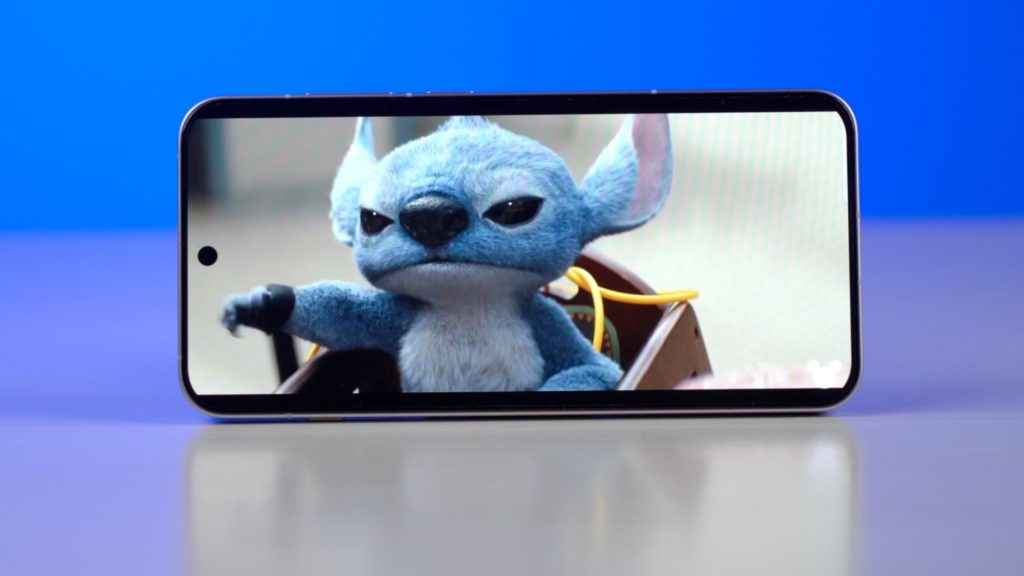OnePlus 13s Review: Making small phones cool again Digit.in
The OnePlus 13s enters a market that’s increasingly divided into phones that are either pushing flagship specs to the extreme or cutting corners to hit lower price tags. In the middle of that noise, the OnePlus 13s tries to do something less trendy: bring flagship-level performance into a compact, usable body. No foldable screens, no 200-megapixel camera hype, just a practical smartphone with some smart choices and a few missed opportunities. So, does that make it worth the Rs 54,999 asking price?
The first thing you’ll notice is the size, or rather, the lack of it. At 185g and just 8.1mm thick, this phone feels like it belongs in your pocket, not halfway sticking out, begging to fall. It’s balanced, too. Not just physically (though the weight distribution is perfect), but in how it handles everyday life. Typing with one hand, walking with a coffee, or watching reels sideways in bed, it just works. No hand cramps, no doing gymnastics in mid-air while trying to take a picture one-handed.
The 13s genuinely feels compact without being cramped, and pocketability is a real strength here; it just fits. The Velvet Glass back is grippy but not slippery, and the symmetrical design with minimal branding keeps things clean. It doesn’t try too hard to stand out, which oddly makes it more likeable.
One tweak worth mentioning is the “Plus Key,” which replaces the alert slider. It’s tied into OnePlus’s AI feature set called “Mind Space,” and lets you capture and retrieve content from your screen using natural language. Not everyone will use it, but it’s there, and more functional than it sounds.
The 6.7-inch LTPO OLED panel might not be the brightest around (peaking at around 1700 nits), but it holds its own outdoors unless you’re standing under direct sunlight. Watching content looks natural, and not oversaturated, and the Dolby Vision support helps when watching HDR content.
In our display tests using Calman, the colour accuracy came out to be solid, with an average Delta E of 1.3, and covering 99.3% of the sRGB colour gamut. The screen on this phone is more vivid and punchy in tone, especially with reds and blues, which is especially noticeable in app icons, UI highlights, and thumbnails. It’s a bit more cinematic, if you want to call it that. Not fake, just… a little more drama.
The OnePlus 13s also shows a visible blue dominance at higher luminance levels, which may cause whites to appear slightly cooler in everyday use, which is great for movies or Instagram but less ideal for colour-sensitive tasks.
In practical use, the display is smooth, well-calibrated, and usable even in moderately bright outdoor conditions. Bonus: it works with wet hands and gloves, and is genuinely helpful during monsoons or when you have cold fingers in Manali.
The OnePlus 13s runs on the Snapdragon 8 Elite with 12GB of RAM, and it provides more than enough power. The benchmarks are predictably strong and honestly embarrass phones twice its price.
But it’s the real-world speed that surprises you. Everything’s just fast, not flashy fast, but confident fast. Multitasking is fluid. Apps stay in memory, I mean, you can open a game like Genshin, pop over to Instagram mid-battle, reply to a message, come back, and nothing skips.
BGMI runs at a consistent 120FPS for almost the whole session. Even the minimum was 105 FPS, which most phones can’t even hit as a peak, with temperatures staying around 37°C even after longer sessions. The cooling system, which comprises a vapour chamber plus a graphite layer, does its job without making a show of it.
There is some thermal throttling under sustained load, so creators doing long video edits or people gaming and screen recording simultaneously might notice a dip. But for most users, it won’t be a dealbreaker.
On the software front, it runs OxygenOS 15 and comes packed with its own AI layer. Not just Gemini, which it has, but also OnePlus AI. You get a dedicated Plus Key that lets you instantly save anything you see into your “Mind Space.”
You get smart features like AI text summaries, live transcription of Zoom calls and WhatsApp voice notes, and visual search, but they don’t interrupt your workflow. More importantly, most AI tasks run on-device, keeping things fast and private.
As for updates, it’s the same as what OnePlus offers with their flagship: four years of OS updates and six years of security patches.
Now, the OnePlus 13s doesn’t just come with performance muscle; it’s hiding a massive 5,850 mAh battery, which is more than the iPhone 16, more than the Galaxy S25, inside a phone that’s barely over 8mm thick. And it pays off.
Our PCMark battery test lasted almost 22 hours, which is near-flagship endurance and comfortably a day and a half with heavy use. For a compact phone, that’s excellent.
You get 80W wired charging that takes it from 0 to 100 in under an hour. There’s pass-through charging too, which means your battery doesn’t heat up if you’re gaming while plugged in. That’s super useful for gamers.
But there’s no wireless charging. And if you’re used to plopping your phone on a charging pad at night, this will feel like a step backwards, especially when the rest of the phone screams premium.
The rear setup includes a 50MP main camera that uses a Sony LYT-700 sensor and a 50MP Samsung JN5 telephoto sensor. The OnePlus 13s takes great pictures and can hold its own in a lot of everyday scenarios. The catch is that it doesn’t have an ultrawide camera. And you’ll feel it if you’re someone who frequently takes landscape shots, or group photos, or wants that wider perspective. It’s a trade-off, so you will have to choose between telephoto and ultrawide, and not everyone will like to make that choice.

Most of the outdoor daylight images I took, whether it was greenery, flowers, or even a black car parked under shade, were vibrant and detailed. The colours lean slightly towards a boosted look, but not overly saturated. It’s that “social media ready” punch, without completely ditching realism. Dynamic range is handled well, especially in complex lighting, highlights aren’t blown out and shadows retain decent detail.
This is where it gets fun. The portraits look natural, and low-light performance is usable if not class-leading. The macro and close-up shots of flowers have razor-sharp focus, a nice separation from the background and a pretty smooth bokeh. Meanwhile, the portraits taken with the rear camera, especially under natural or soft indoor lighting, look surprisingly crisp. The edge detection on the subject’s hair is better than expected, and skin tones haven’t been messed around with too much.
The indoor shots of the mall, especially the spiral ceiling light fixtures, came out clean with good noise control. Even when zoomed in, the texture on the roof remains intact, and there’s not a lot of colour fringing around the lights. Neon signage, like the Third Wave Coffee shots, was handled quite well with minimal blooming and no major overexposure.
Night mode shots, especially of the Ferris wheel, were surprisingly usable. The image stacking feels well-processed. Colours pop just enough, and the images retain that glow without turning into a smudgy mess. You might notice some softness in the corners or darker areas, but the centre subjects, especially light sources, are sharp and clean, and it avoids over-processing, which is nice to see.
Selfies are fine for the most part, good detail, decent skin tone reproduction, but the HDR isn’t always perfect. If you have a window or bright light behind you, it struggles a bit to balance exposure.
Zoomed-in shots, even 2x crops, don’t show aggressive processing. The shot of the burning wood in the oven, for instance, shows texture, structure, and fire tones very naturally, impressive for a phone in this segment.

The OnePlus 13s doesn’t try to be everything. It’s a compact, performance-driven phone with a fantastic battery, a reliable display, and some helpful AI tricks baked in. If you’re tired of oversized phones and want something fast, balanced, and easy to use day-to-day, this phone will serve you well.
But it’s not perfect. The missing ultrawide lens, lack of wireless charging, and slight throttling under extreme load may be dealbreakers for power users. At Rs 54,999, there are other options like the Pixel 9a that trade raw power for cleaner software and better computational photography. All in all, the OnePlus 13s is for users who value comfort and compactness without compromising on speed or battery. It’s not flashy, but it is thoughtful, and in 2025, that might just be enough.
Siddharth reports on gadgets, technology and you will occasionally find him testing the latest smartphones at Digit. However, his love affair with tech and futurism extends way beyond, at the intersection of technology and culture. View Full Profile











